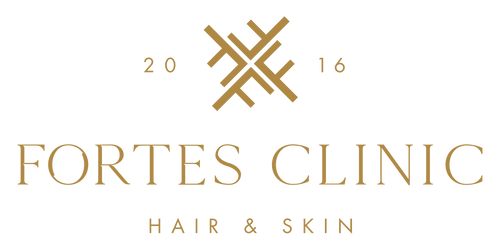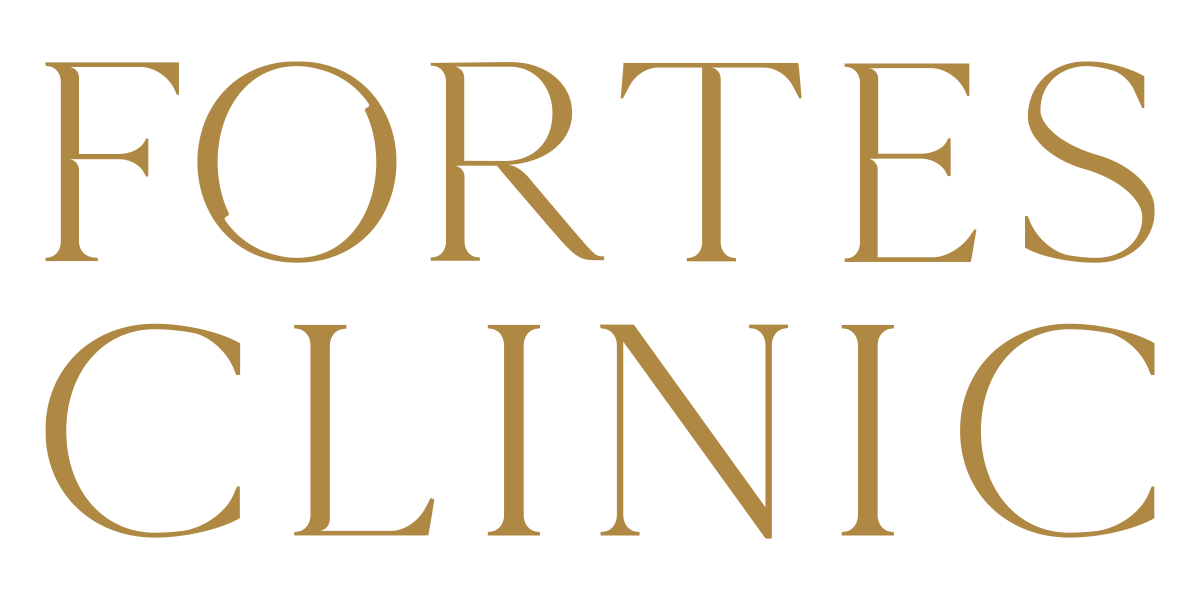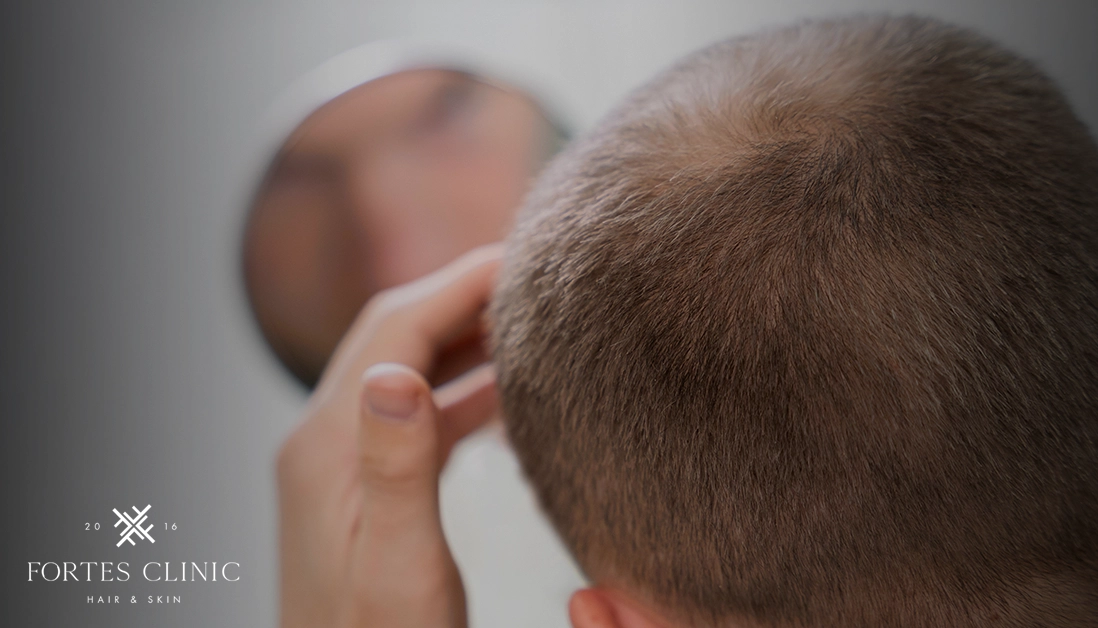Have you ever felt a soreness in your scalp after wearing a tight ponytail or braids? Or perhaps you’ve noticed a gradual thinning of hair around your temples or hairline. If so, you might be encountering the effects of traction alopecia, a form of hair loss caused by repetitive pulling on the hair follicles. This condition is common yet often overlooked, affecting both men and women across various demographics. This guide aims to offer a comprehensive understanding of traction alopecia—what it is, how it occurs, the signs to look out for, and effective treatments and preventative measures.
What is Traction Alopecia?
Definition of Traction Alopecia
Traction alopecia is a type of hair loss that results from ongoing tension or pulling on hair follicles. The term ‘alopecia’ is a medical word for hair loss, while ‘traction’ reflects the pulling force that contributes to this condition. Unlike androgenetic alopecia (male or female pattern baldness), traction alopecia is not caused by hormones or genetics—it is mechanical in nature, making it entirely preventable.
History and Prevalence of Traction Alopecia
The medical community first recognised traction alopecia in the early 1900s. While this condition can affect anyone, studies have shown that it is more prevalent among women and individuals with curly or textured hair. This is because these groups are more likely to use hairstyling practices that exert tension on the hair. Certain cultural and fashion trends also contribute to its prevalence, making it essential to understand and address the risks involved.
Causes of Traction Alopecia
Hairstyling Practices & Traction Alopecia
Tight Hairstyles
Hairstyles like cornrows, dreadlocks, high ponytails, and buns can look fashionable but come at a cost. These styles place considerable stress on the hair follicles, especially when worn for extended periods. Over time, the constant pulling weakens the follicles, leading to hair loss.
Hair Extensions and Weaves
The allure of instant length and volume has made hair extensions and weaves incredibly popular. However, these enhancements attach to natural hair and add weight, which pulls down and weakens the follicles over time.
Headgear and Accessories
Motorcycle helmets, tight-fitting caps, and even certain types of headphones can also cause traction alopecia. The friction and pressure they exert on the hair can lead to weakening of the follicles, especially if they are worn frequently and for long durations.
Frequency and Duration
The occasional tight hairstyle for a special event is unlikely to cause permanent damage. However, a pattern of continually wearing such styles can lead to lasting harm. If you’re someone who constantly sports tight hairstyles, you may be at higher risk.
Genetic Predisposition
While traction alopecia is primarily mechanical, some people might be more prone to it due to weaker hair follicles. If you notice that you’re experiencing hair loss despite changing your hairstyling habits, it might be worth looking into your family history.
Additional Factors
Poor nutrition, stress, and underlying health conditions can worsen the impact of traction alopecia. A balanced diet rich in vitamins and minerals can help support hair health, while managing stress through activities like exercise or meditation can mitigate its negative effects.
Signs and Symptoms
Early Warning Signs
Initial signs may include redness, itching, and small bumps around the hairline or at the site where there is tension. These symptoms should not be ignored; they are your body’s way of signalling that something is wrong.
Physical Symptoms
A sore or tender scalp is often an early indicator of traction alopecia. In advanced stages, you may notice broken hair, thinning patches, or even bald spots in areas where the hair has been continuously pulled.
Psychological Impact
The impact of traction alopecia extends beyond physical symptoms. Many individuals experience a decrease in self-esteem, increased stress, and even depression due to hair loss. Recognising the psychological impact is crucial for comprehensive treatment.
Diagnosis of Traction Alopecia
Self-Assessment
A close mirror examination can provide some insights into the condition of your hair and scalp. Look for areas of thinning, especially around the hairline and temples, as these are the most commonly affected regions.
Professional Assessment
Consult a dermatologist or trichologist for a thorough diagnosis. They can offer a detailed scalp analysis and may employ techniques like dermoscopy to closely inspect the hair follicles. They may also inquire about your hairstyling habits to determine if they are contributing to your condition.
Diagnostic Tests
In some cases, a scalp biopsy may be recommended to confirm the diagnosis or to rule out other forms of hair loss like alopecia areata or fungal infections. This involves taking a small sample of scalp tissue for microscopic examination.
Treatment Options For Traction Alopecia
Medication
Minoxidil, a topical treatment, can be effective for encouraging hair growth in the affected areas. Other hair loss medication includes Corticosteroid creams to reduce inflammation and aid in hair regrowth. Always consult a healthcare provider for a treatment plan tailored to your needs.
Surgical Interventions
Hair Transplant
In severe cases where the hair follicles are irreversibly damaged, a hair transplant may be considered. This procedure involves removing hair follicles from a part of the body where hair is abundant (often the back of the head) and transplanting them to the affected areas.
Scalp Reduction
This is usually a last-resort option. Scalp reduction involves surgically removing the areas of bald scalp and stretching the remaining, hair-bearing skin to fill in the gaps. This procedure comes with risks, such as scarring and infection.
Alternative Therapies For Traction Alopecia
Laser therapy and acupuncture are also explored by some individuals. While some anecdotal evidence suggests that these methods can be effective, they are not universally supported by scientific studies.
Lifestyle Changes
Reversing the effects of traction alopecia often requires a significant lifestyle adjustment, especially concerning hairstyling habits. Opt for loose, comfortable styles and use hair-friendly accessories. Ensure a diet rich in nutrients to support hair growth, and consider stress management techniques.
Prevention of Traction Alopecia
Haircare Best Practices
Adopt a gentle approach to hair care. Use a wide-toothed comb for detangling, opt for natural hair products, and let your hair air-dry whenever possible. Additionally, switch your hairstyles frequently to give stressed areas of the scalp a break.
Products to Avoid
Certain hair products contain harsh chemicals that can weaken the hair shaft, exacerbating traction alopecia. Always read product labels and opt for those with natural ingredients.
Support and Education
Knowledge is your best defence against traction alopecia. Stay updated with reputable sources, consult with healthcare providers, and consider joining online communities or forums where you can share experiences and tips with others facing similar challenges.



